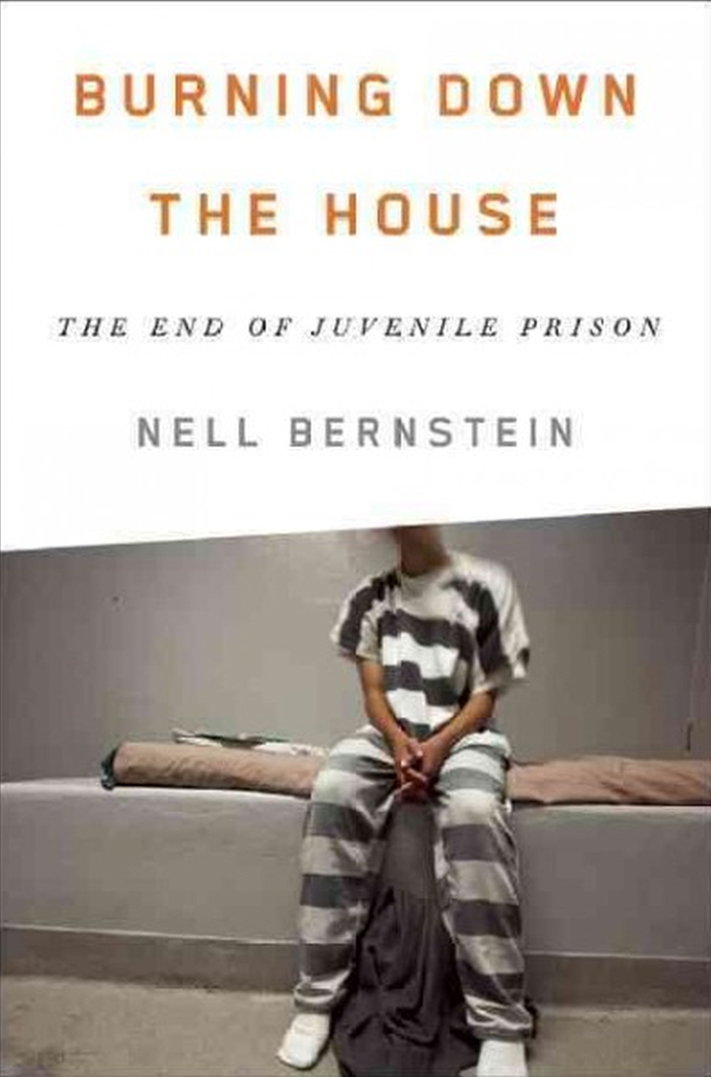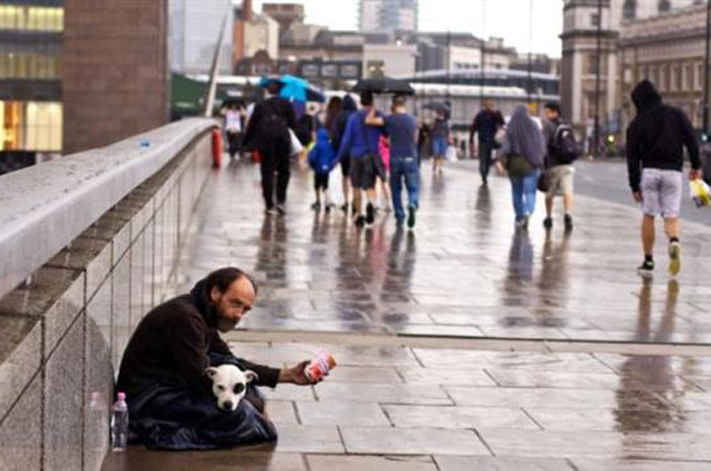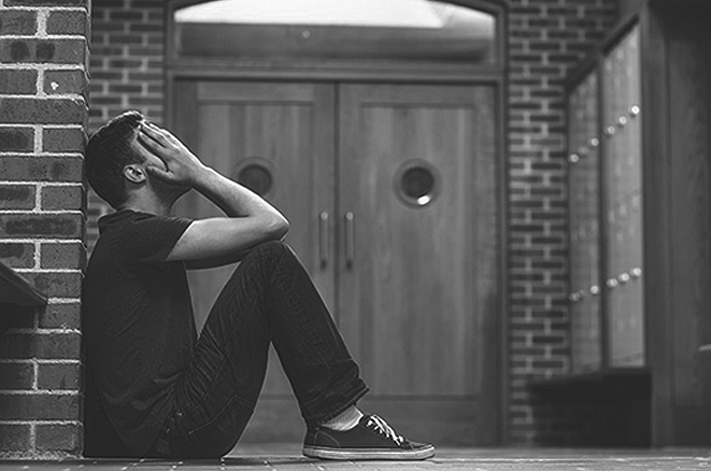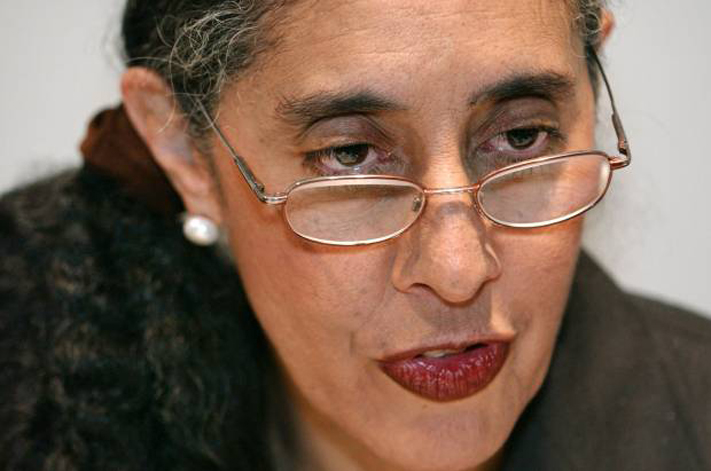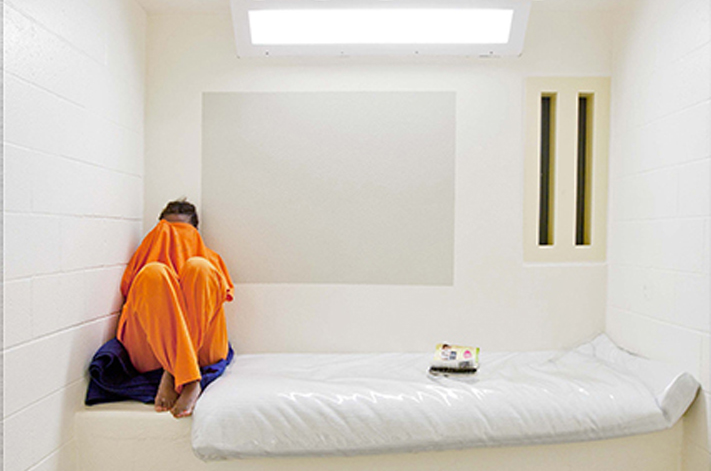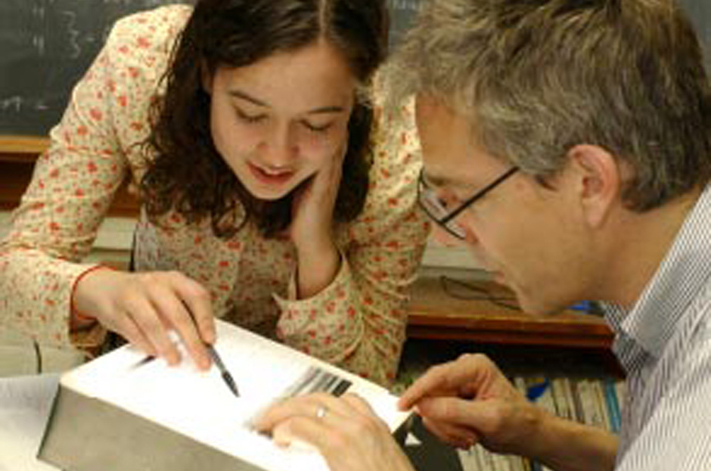Project Description
Burning Down the House: The End of Juvenile Prison
'Raze the buildings, free the children, and begin anew.'
I didn’t know this mid-90s commercial was a revamp of an even more famous 1987 advertisement featuring a white, male authority figure and that same sinister egg. I didn’t know about the war on drugs, but I knew that Cook had the haircut I wanted. I couldn’t have known from this advertisement that kids not too much older than myself, swept up in the hysterical rhetoric of an inner-city epidemic of drugs and violence, were being locked up in droves, and that increasingly, these were children of color. The advertisement said drugs crack kids’ brains on stovetops; the other, silent reality was that the war on drugs cracked kids’ brains in solitary.
That’s still the reality today. In the United States, it tends to be the case that the real wars we’re fighting are behind walls. The war on children has been one of those, and is, perhaps, the country’s greatest shame.
According to Nell Bernstein’s new book, Burning Down the House, there are currently 66,332 young people confined in juvenile facilities, two-thirds of them in long-term placement. Her impressive and immersive new book focuses on the criminalization of American young people, from the mid-80s when the trend first exploded to the present day when the United States incarcerates more of its kids than any other industrialized nation.
Burning Down the House is rich with first-person accounts of what it’s like to do time in juvenile facilities from formerly incarcerated youth whom Bernstein met during a decade spent editing a youth newspaper in San Francisco. The book also looks farther back, to the founding of juvenile detention centers in the 19th century, and forward to what Bernstein hopes will be the end of reforming the juvenile justice system and the beginning of dismantling its physical and ideological structures.
Juvenile facilities, Bernstein argues, wouldn’t be able to stay open if it weren’t for a massive, media-induced misconception of youth violence. Beginning in the mid-1980s stories of youth criminalization ran rampant through US newswires. Bernstein cites a 1996 study conducted by the Berkeley Media Studies Group, which found that more than half of local news stories about young people at the time focused on violence.
The number of incarcerated children has decreased greatly since that study came out – 41 percent since the rate of juvenile incarceration hit its peak in 1995. The common wisdom now is that the issue of youth confinement has been dealt with, but the stench of garbage reporting from decades past still lingers. Certain kids (read “black,” “brown,” “homeless,” “drug addicted,” “LGBT”) are still violent outliers who belong behind bars. If this narrative isn’t corrected there’s no reason why things won’t get worse and not better. “As things stand,” Bernstein writes, “the recent drop in juvenile incarceration looks more like a stock market correction than a revolution: the current number of youth in confinement is almost identical to that in the mid-1980s, right before that era’s pendulum swing swept thousands more youth behind bars.”
Police arrest nearly 2 million juveniles every year, and “demographers predict that one in every three American schoolchildren will be arrested by the age of twenty-three.” That alone is a travesty, but consider this too: It’s a certain kind of kid who actually gets locked away for large swaths of her childhood. Black teenagers are arrested at five times the rate of white teenagers, Latino teenagers two to three times more often than white teenagers. Racism, writes Bernstein, “drives
The myth that young people are locked away almost exclusively for violent crimes bolsters the argument that children of color deserve to be ripped from their communities and placed in detention centers. In reality, while juvenile violent crime has decreased over the past 15 years, locking up kids for minor offenses has become much more prevalent thanks to longer sentencing, three-strikes laws, electronic monitoring, drug testing and other harsh tactics of the criminal justice system. In 2010, only one-in-four incarcerated young people were charged for violent crimes, while 40 percent were doing time for low-level offenses like drug possession, violation of probation and public order offenses. This category of child offenders also includes those charged with crimes that only kids can be charged for like alcohol possession and truancy.
Then there’s this statistic Bernstein notes, which should outrage every single person in this country: African-American youth with no prior convictions are 48 times more likely than white youth with similar histories to be incarcerated for drug offenses. Given that doing time as a child is the best predictor of whether an individual will be incarcerated as an adult, such facilities are not only complicit in institutional racism, but they use the bodies of children to perpetuate it. You’ve got to break more than a few good eggs to keep the prison-industrial complex fed.
Bernstein’s book is also hard-hitting and heartbreaking in its exploration of child abuse within such facilities. The Department of Justice’s Review Panel on Prison Rape found in 2010 that 12 percent of juvenile inmates have been sexually abused at least once while in prison. According to the same report, the rate of sexual abuse is higher in juvenile facilities than in adult prisons. The majority of girls in juvenile detention – 73 percent – have a history of physical and sexual violence before they disappear behind the prison walls.
Solitary confinement is widely used in juvenile facilities nationwide, though sometimes it goes by other names like “protective custody” and “reflection cottages.” Stripping children naked and hogtying them before throwing them in administrative segregation is still not unheard of. Nor is it uncommon for a child to be administered psychotropic drugs, often to deal with mental maladies that tend to arise when a young mind spends days, weeks or months in complete isolation. Yet, I’ve never seen a commercial that advised against taking drugs from a correctional officer.
Burning Down the House is a devastating read, as any book that is truthful about the juvenile justice system is bound to be. But a radically hopeful streak colors the argument as well. What’s so refreshing about Bernstein’s prose is that she is no reformist, but a true believer in the abolition of juvenile facilities. The book is punctuated with passionate pleas to, “Raze the buildings, free the children, and begin anew” – never once does she back down from this point. Bernstein also has harsh words for so-called “treatment-based models” like Red Wing in Minnesota and OH Close Youth Correctional Facility in California. These treatment centers, though undeniably nicer than the average juvenile facility, still use solitary confinement frequently and are still in fact prisons, despite throwing the word “boutique” around with some abandon. Bernstein instead advocates for a combination of therapeutic methods in which kids work with their families and therapists at their own home or in their therapist’s office, or are placed with trained foster families for a period of up to nine months.
Since Bernstein is so singularly set on bringing the house down, it would have been nice to see her tie this position to the larger prison abolition movement. At times she over-attributes the current crisis to a misunderstanding of youth violence, which, though I agree is an enormous factor, is also the symptom of a larger conservative agenda of racial apartheid, enacted through the prison-industrial complex. This is, of course, the story that Michelle Alexander detailed so powerfully in her 2010 book, The New Jim Crow.
Bernstein knows only too well that when it comes to locking up our kids, money is no obstacle. “On average,” Bernstein writes, “we spend $88,000 per year to incarcerate a young person in a state facility – more than eight times the $10,652 we invest in her education.” But the book is not too concerned about following the money, whether that is by examining the school-to-prison pipeline or the profit-driven models of the US private prison industry.
Bernstein does a much better job of drawing out these financial connections in her discussion of how juvenile prisons emerged from reform efforts that really had more to do with money and moralizing than with looking out for children. The Society for the Prevention of Pauperism formed in 1817 in New York City, and was later renamed the Society for the Prevention of Juvenile Delinquency. This set the stage for the House of Refuge, the nation’s first detention facility for children, which opened its doors in 1825 to the children of European immigrants. Through allocations from the state government, the House of Refuge was able to grow quickly, greatly increasing the number of kids held there. Agents from the House of Refuge scoured the streets for bodies to fill their facility. They got a grant from the Hospital Passenger Fund with money made from imposing a tax on new immigrants. Then they received even more money by securing funding per child, creating an even greater incentive for expansion.
Still, to her immense credit, Bernstein never takes her eye off the ball. Her chief concern, unlike the juvenile justice system, is for the wellbeing of young people. Her love is for their lives as children – complete with play, and passion, and turbulence – not just their potential to be productive citizens within a capitalist system. Each argument she makes is fiercely protective of their right as human beings to be more than shells and not to have to live in shells. She is cognizant of their right to be breakable, and critical of any system that intentionally breaks them and calls that justice.
Hannah K. Gold writes on social justice and literature for publication, and composes bad poetry and erotica for herself. She is based in Brooklyn. Follow her @togglecoat.
Copyright, Truthout. Reprinted with permission. We at EmpathyEducates wish to thank TruthOut and the Author, Hannah K. Gold.
